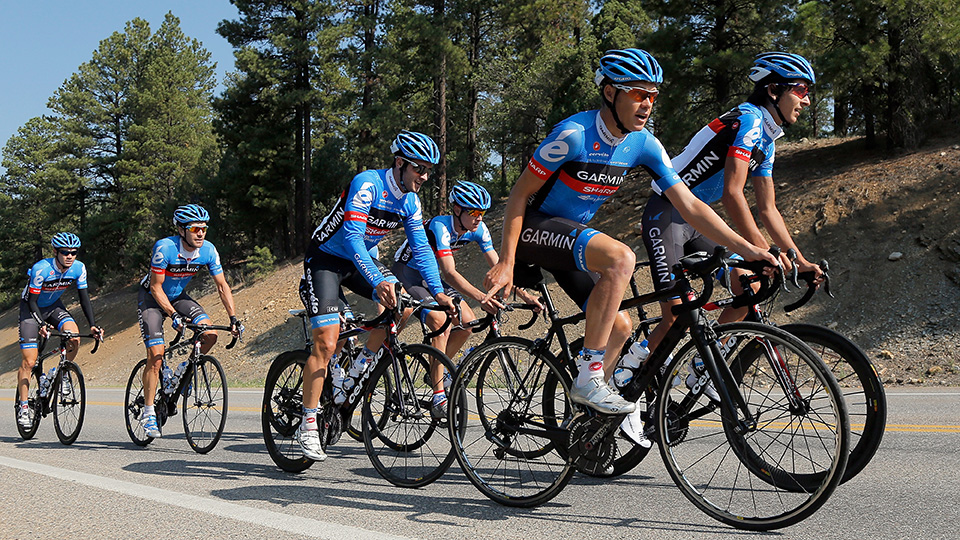Pedal Perspective: Tracking the Tour from the Rider's Post
Tour de France riders don’t just monitor how they feel during all those hours on the road, they have on-board (on-bike?) computers measuring every possible metric.
Robby Ketchell, director of sports science for the top U.S. team in the Tour de France, Team Garmin-Sharp, has a strong relationship with one of the leading real-time tracking manufacturers—which, of course, is Garmin, the title sponsor of his team.
“It is actually critical to have the feedback,” he tells Edge, “just like sports science has become the new data science, athletes have become more data driven. They train with, take feedback and process it to know what they can accomplish and can’t.”
Sure, there are plenty of times, and Ketchell will admit as much, when riders simply need to push, to just force themselves to do a little more, but using data during a ride, whether in the Tour or not, adds a tactical element.
“What makes Garmin unique is the ability to customize features to only display certain screens during certain times,” Ketchell says. “Sometimes you just put speed on the screen because [the racers] don’t want to see anything else.”
Before the Team Garmin-Sharp riders set out on any stage they hold a meeting and define the roles for each teammate that day. “Riders need to know on the course when to apply what they have to do,” he says. “Distance is important. Biofeedback is real important.”
The Garmin computer meshes location, speed, power, heart rate, cadence and more, all running on a customized display and weighing less than 4 ounces.
The Garmin Edge 1000, the company’s top model of its three Edge systems, works anywhere in the world to measure distance and speed, merge with electronic shifting systems, measure rider power, heart rate and cadence and provide biofeedback on a rider at the same time. Teams can program in points along the route at which they need riders to perform certain tasks, keeping both riders and team support personnel abreast—in real time, of course—of strategy and conditions.
Tour de Tech: Staging the World's Greatest Bike Race
For those cyclists not involved in the Tour de France, the preloaded maps allow them to create routes directly on the Edge 1000 and set-up in-ride challenges. The 1000 calculates individual power thresholds so that you can create power training zones and build training calendars. Live tracking allows others to follow along if you do compete in a race and the Garmin Connect feature offers the opportunity to wirelessly save rides.
While the data doesn’t change the way the bike works, it does provide real-time analysis in customizable metrics so riders can adapt their performance, whether riding a country lane all alone or climbing an Alpine road in France with the world watching.
Tim Newcomb covers stadiums, design and gear for Sports Illustrated. Follow him on Twitter at @tdnewcomb.





